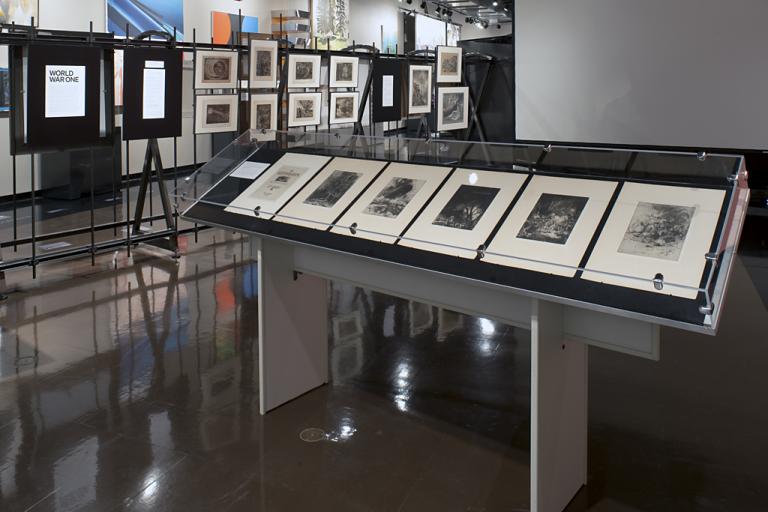Kultur (Culture), K. Wagner
Artwork Overview
K. Wagner, artist
Kultur (Culture),
1914
Where object was made: France
Material/technique: hand coloring; lithograph
Dimensions:
Image Dimensions Height/Width (Height x Width): 233 x 380 mm
Image Dimensions Height/Width (Height x Width): 9 3/16 x 14 15/16 in
Sheet/Paper Dimensions (Height x Width): 390 x 560 mm
Sheet/Paper Dimensions (Height x Width): 15 3/8 x 22 1/16 in
Mat Dimensions (Height x Width): 20 x 25 in
Image Dimensions Height/Width (Height x Width): 233 x 380 mm
Image Dimensions Height/Width (Height x Width): 9 3/16 x 14 15/16 in
Sheet/Paper Dimensions (Height x Width): 390 x 560 mm
Sheet/Paper Dimensions (Height x Width): 15 3/8 x 22 1/16 in
Mat Dimensions (Height x Width): 20 x 25 in
Credit line: Gift of Eric G. Carlson in honor of Stephen, Diane, Ejae, Emily, and Caitlin Goddard
Accession number: 2004.0170
Not on display
If you wish to reproduce this image, please submit an image request



